10 Best Herbal Lotions For Ear Infection

Herbal lotions for ear infections are natural remedies that incorporate plant-based ingredients known for their antimicrobial and anti-inflammatory properties.
These lotions often contain essential oils like eucalyptus, lavender, and tea tree oil, which are believed to help reduce infection and soothe irritation in the ear canal. While they may offer some relief, it is important to note that they should not replace professional medical treatment for persistent or severe ear infections. Many herbal lotions are designed for external use only and should not be inserted into the ear canal to avoid further irritation.
Always consult a healthcare provider before using any herbal remedy, especially for children or individuals with sensitive skin.
FREE Herb Drying Checklist
How to make sure every batch retains maximum flavor, color, and aroma without the risk of mold or over-drying. Eliminate guesswork and trial-and-error, making herb drying faster, easier, and more efficient every time.
Table of Contents
1. Hypericum perforatum
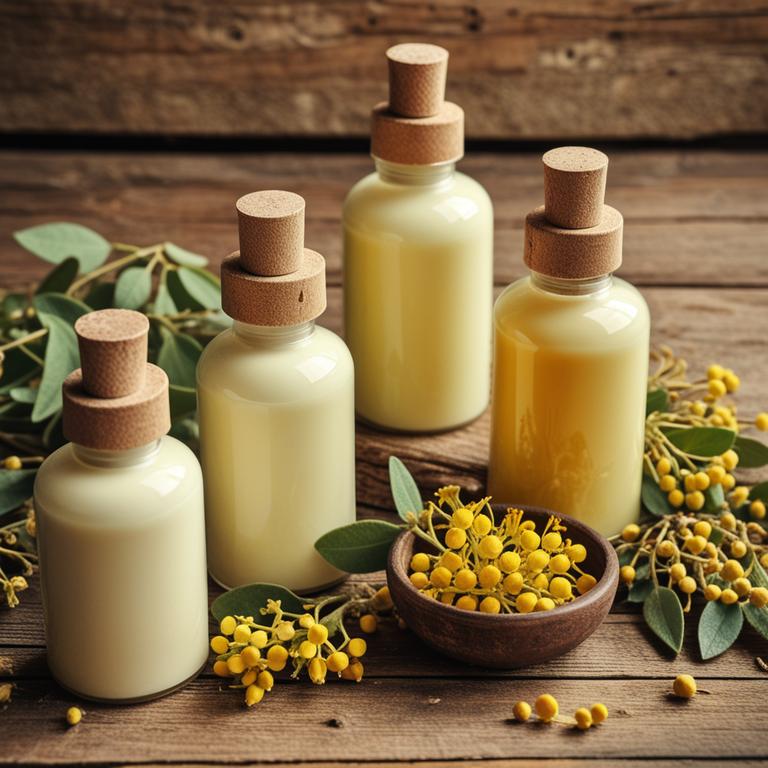
Hypericum perforatum, commonly known as St. John's Wort, is a herbal plant that has been traditionally used for its potential anti-inflammatory and antimicrobial properties.
While it is more commonly known for its use in treating mild depression, some studies suggest that its extracts may have applications in reducing inflammation and promoting healing in the ear. Herbal lotions containing Hypericum perforatum may be used as a complementary therapy for ear infections, particularly when conventional treatments are not preferred or have caused side effects. However, it is important to note that these lotions should not replace professional medical advice, and their effectiveness can vary depending on the individual and the type of infection.
As with any herbal remedy, it is advisable to consult a healthcare provider before use, especially if the infection is severe or persistent.
2. Rosmarinus officinalis
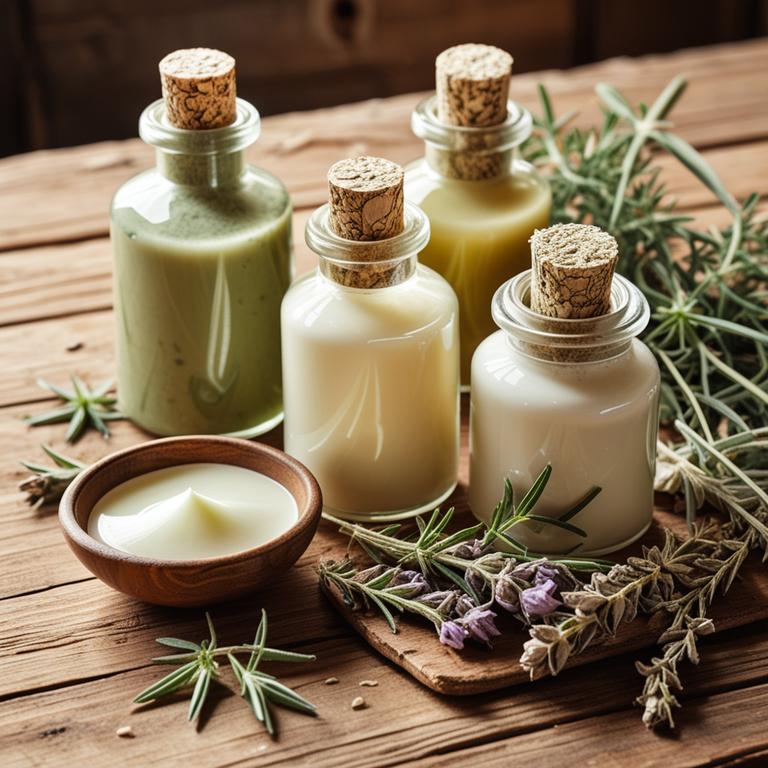
Rosmarinus officinalis, commonly known as rosemary, is a fragrant herb that has been traditionally used for its medicinal properties, including its potential benefits for ear infections.
Rosemary herbal lotions, derived from the leaves of the plant, may help reduce inflammation and soothe the ear canal due to their antimicrobial and anti-inflammatory compounds. These lotions can be applied externally to the affected area, though caution should be exercised to avoid direct contact with the ear canal. While they may offer some relief, they should not replace professional medical treatment for persistent or severe ear infections.
Always consult a healthcare provider before using herbal remedies, especially for children or individuals with sensitive skin.
3. Eucalyptus globulus
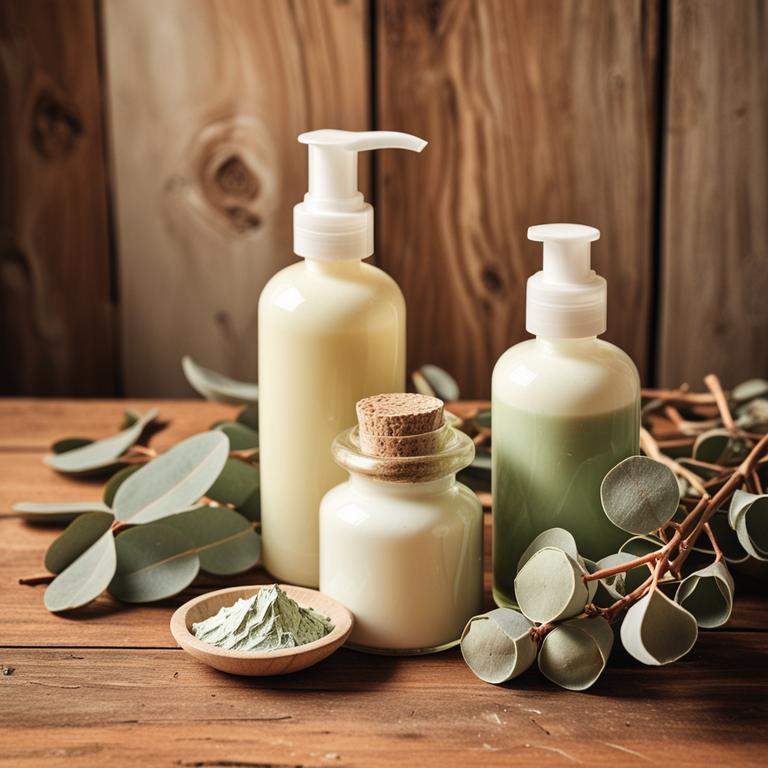
Eucalyptus globulus, commonly known as eucalyptus oil, is often used in herbal lotions for its anti-inflammatory and antimicrobial properties, which may help alleviate symptoms of ear infections.
These lotions typically contain a blend of eucalyptus oil with other natural ingredients such as lavender or tea tree oil, enhancing their therapeutic effects. While they are not a substitute for medical treatment, some people use these lotions as a complementary remedy to reduce ear discomfort and promote healing. However, it is important to consult a healthcare professional before using any herbal remedy, especially for children or individuals with sensitive skin.
The effectiveness of eucalyptus globulus herbal lotions for ear infections may vary, and they should not replace prescribed treatments for bacterial or viral infections.
4. Allium sativum
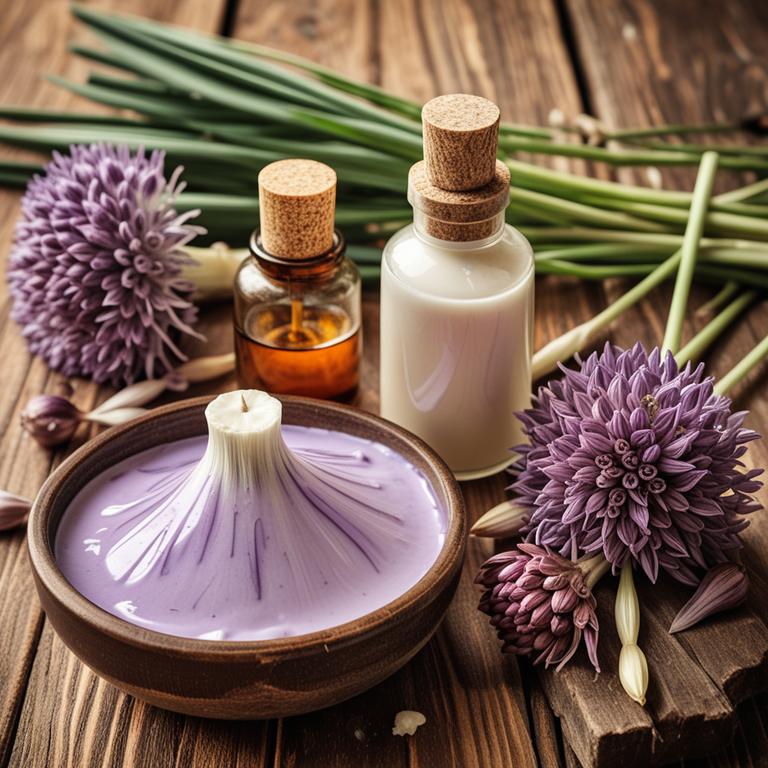
Allium sativum, commonly known as garlic, has been traditionally used for its antimicrobial and anti-inflammatory properties, and recent studies suggest that garlic-based herbal lotions may offer potential benefits for treating ear infections.
These lotions typically contain garlic extract, which is believed to help reduce bacterial and fungal growth in the ear canal. When applied externally, the active compounds in garlic may help alleviate symptoms such as itching, redness, and discomfort associated with otitis externa. However, it is important to consult a healthcare professional before using garlic lotions, as improper application could lead to irritation or complications.
While some anecdotal evidence supports their use, more clinical research is needed to confirm their efficacy and safety for treating ear infections.
5. Zingiber officinale
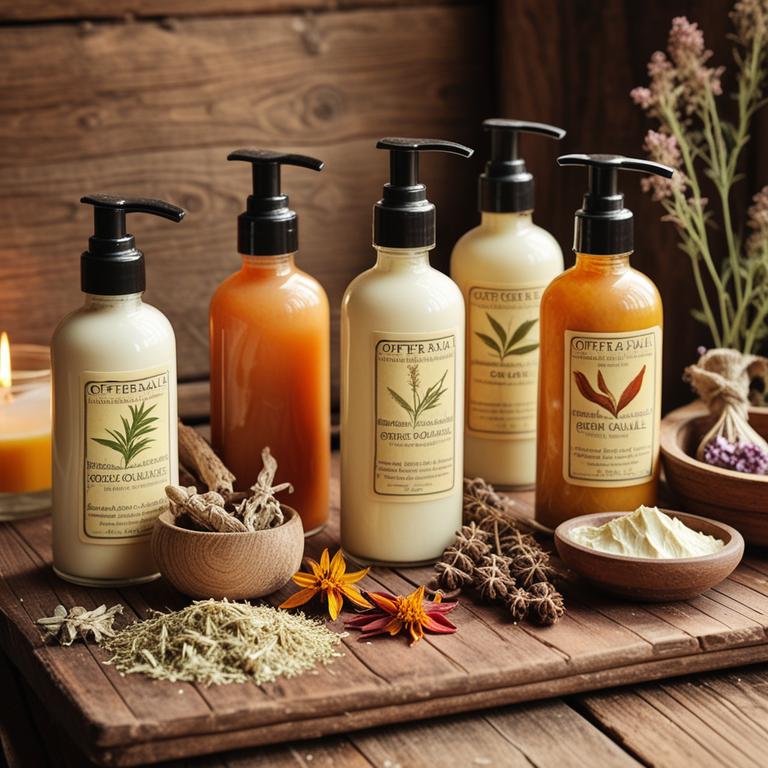
Zingiber officinale, commonly known as ginger, has been traditionally used for its anti-inflammatory and antimicrobial properties, making it a potential ingredient in herbal lotions for ear infections.
These lotions often combine ginger extract with other natural components like turmeric or eucalyptus to enhance their therapeutic effects. When applied externally to the ear area, they may help reduce inflammation and soothe discomfort associated with mild ear infections. However, it is important to consult a healthcare professional before using any herbal remedy, especially for children or individuals with sensitive skin.
While some studies suggest ginger's efficacy in reducing inflammation, more research is needed to confirm its effectiveness in treating ear infections specifically.
6. Echinacea purpurea
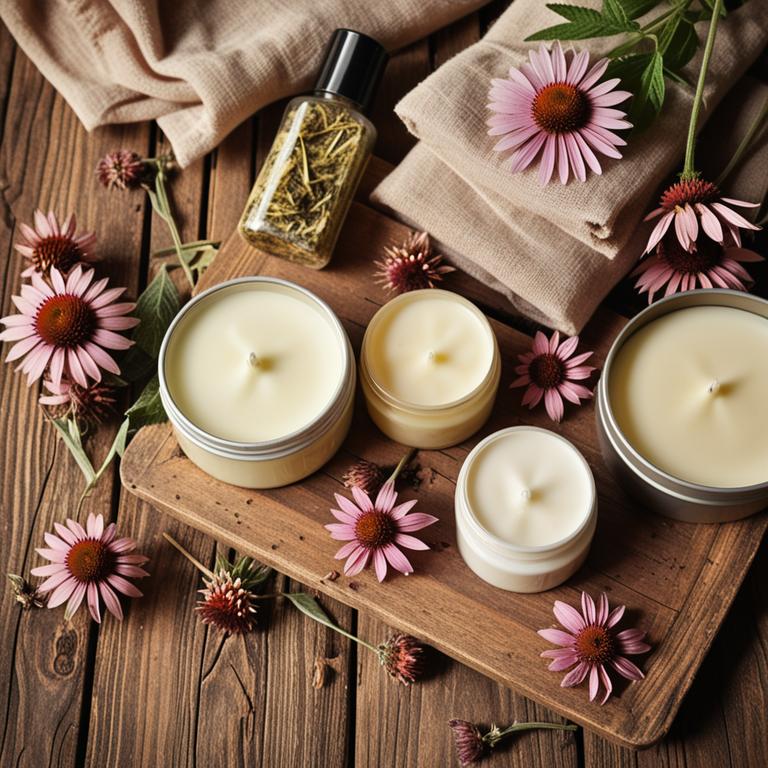
Echinacea purpurea herbal lotions are traditionally used to support immune function and may offer some relief for symptoms associated with ear infections.
While they are not a direct treatment for bacterial or viral infections, these lotions can help reduce inflammation and promote healing in the ear canal. Some formulations contain essential oils and other natural ingredients that may have antimicrobial and soothing properties. However, it is important to consult a healthcare professional before using echinacea products, especially for children or individuals with allergies.
Overall, echinacea purpurea lotions can be a complementary option in managing ear infections when used alongside conventional medical treatments.
7. Salvia officinalis
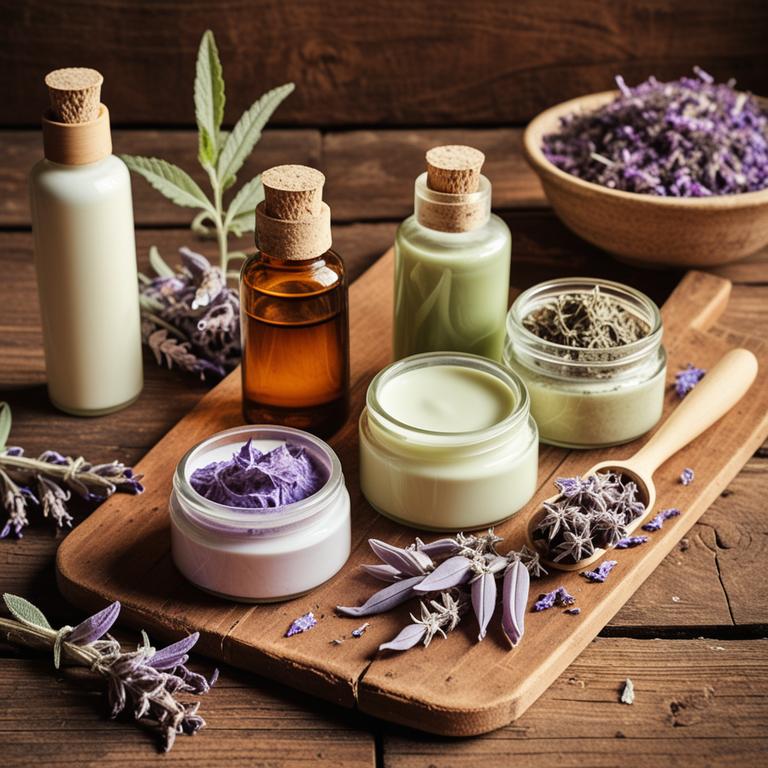
Salvia officinalis, commonly known as sage, has been traditionally used for its antimicrobial and anti-inflammatory properties, making it a potential ingredient in herbal lotions for ear infections.
These lotions often contain distilled sage oil or dried sage leaves infused in a carrier oil, which can be applied externally to the ear area to help reduce inflammation and combat bacterial or fungal growth. While there is some anecdotal support for sage's effectiveness in soothing ear discomfort, scientific evidence remains limited, and it should not replace conventional medical treatments. It is important to consult a healthcare professional before using any herbal remedies, especially for conditions like ear infections that may require antibiotics.
Overall, sage-based lotions may offer a natural complementary approach to managing symptoms, but their efficacy and safety should be carefully evaluated.
8. Achillea millefolium
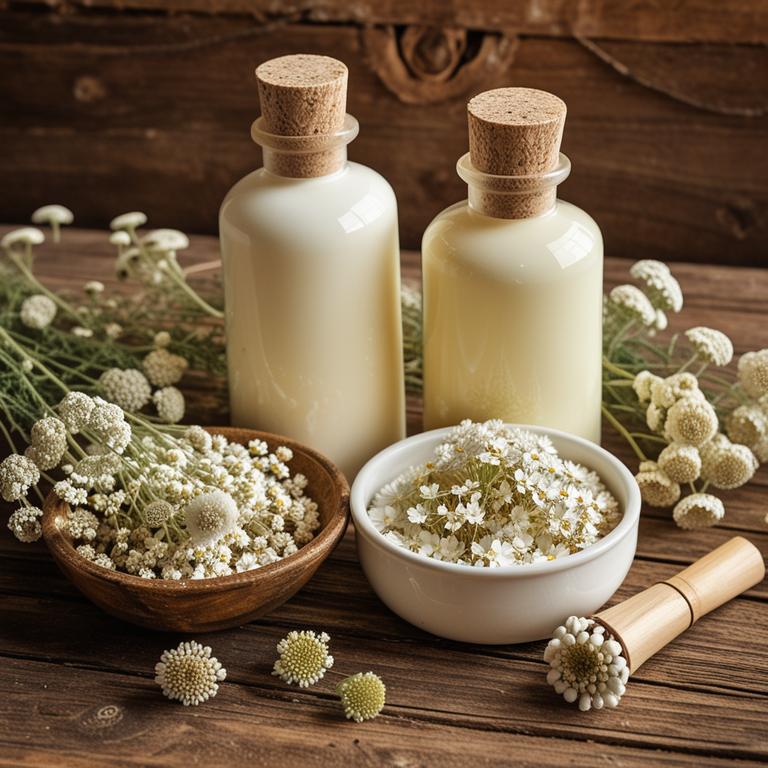
Achillea millefolium, commonly known as yarrow, has been traditionally used in herbal medicine for its anti-inflammatory and antimicrobial properties.
Herbal lotions containing achillea millefolium may offer a natural alternative for managing symptoms of ear infections by reducing swelling and soothing irritation in the ear canal. These lotions are typically prepared by infusing dried yarrow flowers in a carrier oil or water, creating a soothing application that can be used externally. While they are not a substitute for medical treatment, they may provide symptomatic relief when used as part of a holistic care approach.
However, it is important to consult a healthcare professional before using any herbal remedies, especially for conditions like ear infections that may require more targeted treatment.
9. Lavandula angustifolia
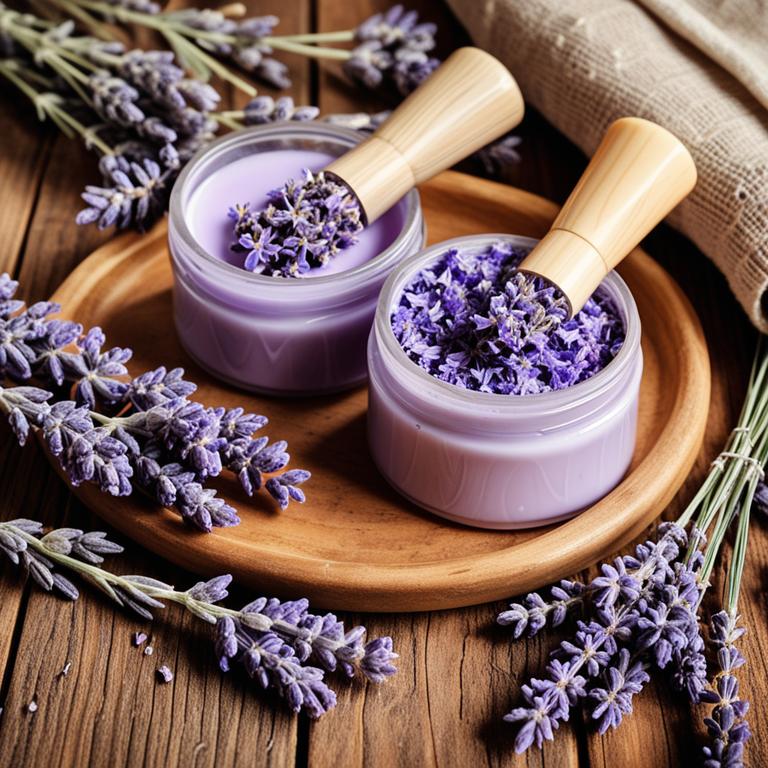
Lavandula angustifolia, commonly known as English lavender, is often used in herbal lotions for its soothing and anti-inflammatory properties.
These lotions may help alleviate the discomfort associated with ear infections by reducing inflammation and promoting a calming effect on the ear canal. While lavender is generally safe for topical use, it is important to consult a healthcare professional before applying any herbal remedy to the ears, especially in children or individuals with sensitive skin. Some studies suggest that lavender oil may have mild antimicrobial properties that could support the body's natural healing process.
However, it should not replace conventional medical treatments for ear infections, which should be managed under the guidance of a qualified healthcare provider.
10. Calendula officinalis
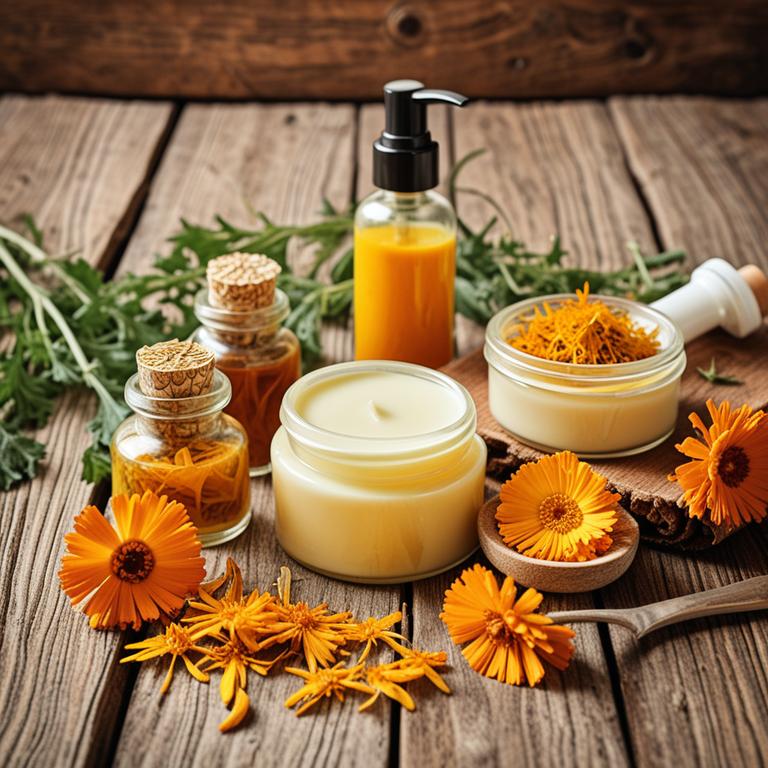
Calendula officinalis, commonly known as pot marigold, is often used in herbal lotions for its anti-inflammatory and antimicrobial properties, which may help alleviate symptoms of ear infections.
These lotions are typically made by infusing calendula flowers in a carrier oil, such as olive or coconut oil, to create a soothing topical application. While calendula is generally considered safe for external use, it is important to consult a healthcare professional before using it for ear infections, especially in children or individuals with sensitive skin. Some studies suggest that calendula may support the healing of minor skin irritations and reduce swelling, but its effectiveness for treating ear infections specifically has not been extensively proven in clinical trials.
As a complementary therapy, calendula herbal lotions may provide gentle relief, but they should not replace conventional medical treatments for more severe or persistent ear infections.